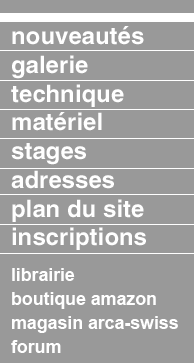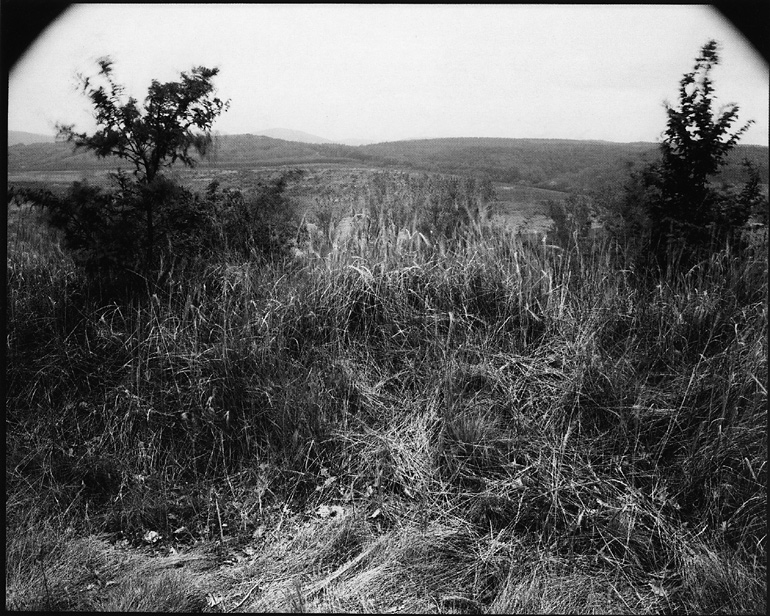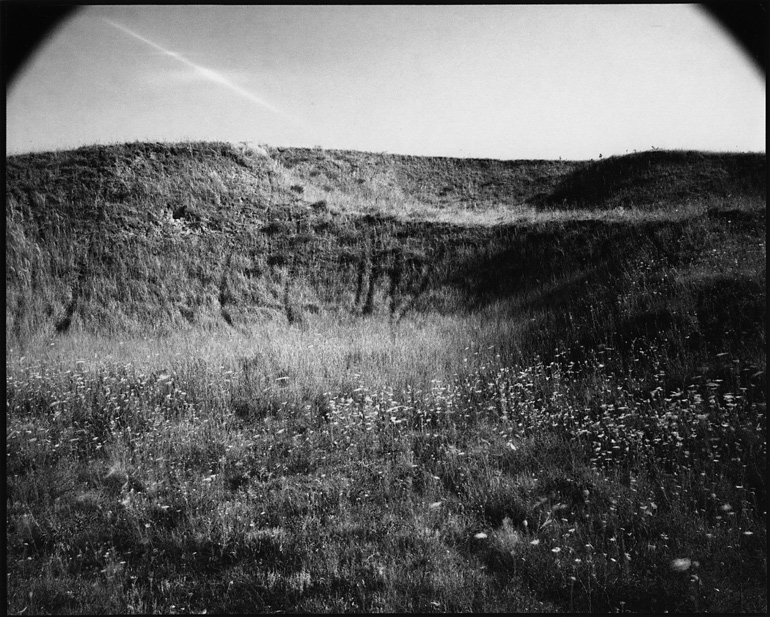|
|
||||||||||||||||||||||||||

|
István SOLTÉSZ
István, you take pictures with a large format camera, and build them as well. What is the origin to spend your life with these cameras? When I began photographing sixteen years ago, I, of course, had a 35mm camera. Soon enough I instinctively switched to medium format, and suddenly I realized that the process of photographing became more well-thought. Then I found old glass negatives that had such a big impression on me both because of their age and their high quality that from that time on a straight but long way led me to large format photography. The real development came when I started photographing with the camera that I made.
How is high resolution important in your pictures ? For me a photo is high resolution. My eyes like to wander about the fine details, and I believe that many feel the same way. Don’t misunderstand me, I do not judge those who are taking pictures with smaller formats, but every tool has its own field and limits. We should not mix things together. Those subjects stand closer to me, that become really authentic by approaching them through large format.
|
|||||||||||||||||||||||||
|
|
||||||||||||||||||||||||||
l'auteur
Article en français |
You use a black frame around your pictures, sometimes invading, as if you want to keep real life remote, and in a certain way to keep in the final picture the magical way to look through a groundglass... This is really true, you see it very well. It is the decision of the photographer what to project on the frame. May I note; everything looks good on the ground glass, however if the photographer has not enough experience, he or she could easily be inveigled. > Sometimes my black frames continue in the frame as well. I often let myself to do the mistake to let the lens vignette on the sides of the image, in order to lead the eye of the viewer. Yes, it would be useful sometimes to watch the photos as they are made: under a dark clothe, to exclude the outer world. In a recent exhibition of mine the visitors had a similar adventure, since I contacted 8x10 inch black and white negatives to positive slides. They got framed as usual, and opal plexis were placed to their rear to light them from behind. I built a wall in the gallery and had an opening for each photo. The visitors had no idea of this structure, since the frames hung on the wall as usual, but something was different: the experience of viewing the photographs became much more intensive. Just think about it: an 8x10 inch black and white slide, lit from behind, with that huge resolution, and with the wonderful richness of tones…
Why did you gave this name? what is this serie's subject? For me nature has always been a great cause to take photos. When I started photographing at sixteen, nature photography was my favorite field: wandering about in the forest with a huge telephoto lens and capturing wild animals of the forest. That time this seemed to be a great adventure for me. On these footsteps the series called “Game Trails” was photographed. More then twenty years after I had captured the wild with the camera, I visited the same sites again, that are located, by the way, around the village where I was born. This time, instead of the 35mm camera and the huge telephoto lens, I am walking around with an 8x10 inch wooden field camera. I often jump into deers and stags, which is a great excitement, but now I’m not interested in these animals as far as photography is concerned, rather, in the traces they make, in their signs by which they transform and humanize the landscape making it suitable for me to photograph. I am not satisfied with taking landscape photos alone. To make a nice photo is not enough for me. There must be one more level above to make the things more exciting both for me and for the viewer. This extra level is based on emotions for me, but I do my best not to let the emotions or the desire to publish overcome the visual power of the photograph. I neither like those photos that struggle to talk too much.
|
|||||||||||||||||||||||||
|
|
||||||||||||||||||||||||||
|
Is high resolution concept motivating for you ? I try to use high resolution to add something extra to my photos, but I want to stress that this is just an extra feature. High resolution in itself may not be a concept.
How are photography and photographers in your country ? Our roots are very strong: Andre Kertesz, Brassaï, Robert and Cornell Capa, Martin Munkacsi, Laszlo Moholy-Nagy just to mention the most famous photographers. Without them it would be impossible to write the history of photography. Many of them had opportunity to become famous in the 1920s and 1930s in France. Brassaï was awarded the Legion of Honor in France in 1976. Of course, among those who did not leave Hungary, there were also very talented photographers, but their name is not known to the world today. After this period, that certain 40 years of iron curtain began, about what I have to say that there has been not much thing that effected photography, apart from the neoavant-garde movement of the 60s and 70s to widen the borders of photography, but I think this belongs to fine arts. I think very interesting private life-works have been created, that have become the chronicle of pursuing of happiness of the pour among the given limits. Such is the photo heritage of my father. Large format photography has no serious tradition in Hungary, perhaps because of this long time of isolation. The strongest branch of contemporary Hungarian photography, I think, is documentary imaging. This field is most suitable to express that Eastern-European mood, and that sometimes nostalgic and magically silent, but at the same time very emotional and human world, that I am after too, this time with a large format camera.
|
|||||||||||||||||||||||||
|
dernière modification de cet article : 2009
|
||||||||||||||||||||||||||
|
||||||||||||||||||||||||||






